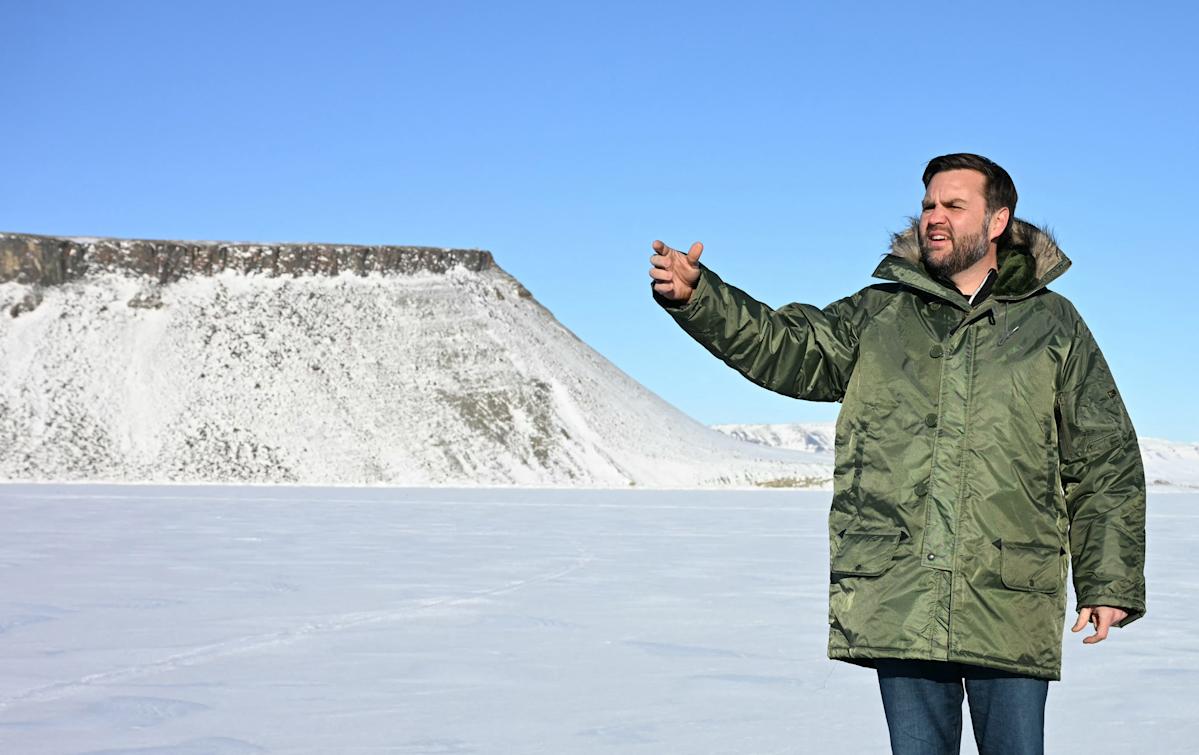
Researchers from a Spanish laboratory observe, for the first time, the formation of compartments alongside the basic ingredients of organisms Geologist Juan Manuel García Ruiz still speaks with amazement about how he and his colleagues have created “a proto-world” in their laboratory, located just 1,500 meters from La Concha beach in the Spanish city of San Sebastián. It may sound monumental, and it is, but what they have is a small, transparent container, just three liters in size, where they’ve placed a mixture of water, methane, nitrogen, and ammonia, adding electric discharges to simulate the harsh conditions of the primitive Earth. This experiment is a new iteration of the famous 1952 work by Stanley Miller, a 22-year-old American chemist who demonstrated that the basic building blocks of life could be easily created in a primordial soup. García Ruiz, however, has encountered an unexpected development. “Protocells” have also formed in his flask — structures considered to be the precursor to life itself. “It is amazing,” he declares.
The 71-year-old Spanish researcher explains that his experiment lasted barely two weeks. Almost immediately, a thin layer formed on the surface, much like cream on milk, and the once-clear water turned a yellowish brown. The microscope images are perplexing, revealing a multitude of tiny, curvilinear structures that any observer might mistake for living organisms — yet they are not. They are simply self-organized molecules. “We have always approached the origin of life following the biblical text, as though there were a divine breath, a singular moment where everything becomes irreversible. What our study suggests is that it wasn’t like that, but that it is a chemical evolution of millions of years, absolutely random, like subsequent biological evolution, and that it increases in complexity over time. It can lead to self-organized structures and, in some cases, to self-assembled structures, like life,” García Ruiz explains. “These types of proto-worlds must exist on billions of planets throughout the universe. And these proto-worlds may lead to something as complex as life, or to nothing at all. There’s no intelligent design, no divine breath of life, and no fundamental reaction either,” says García Ruiz, a geologist from the Donostia International Physics Center.
In February 1953, a twenty-something Stanley Miller wrote up his groundbreaking results in just a dozen paragraphs and changed the way humanity saw itself. He demonstrated that with three gases, water, and electric discharges, it was possible to create amino acids in a laboratory — molecules that form proteins, the biological machines that constitute living matter.
Juan Manuel García Ruiz’s team replicated Miller’s experiment in 2021, but instead of using the original glass container, they opted for one made of Teflon. Their conclusion made headlines around the world: no building blocks of life emerged in their experiment. Silica — a mineral composed of silicon and oxygen, found in glass — was essential. Last year, a consortium led by García Ruiz received €10 million ($10.4 million) from the European Union to investigate the role of silica in the origin of life.






